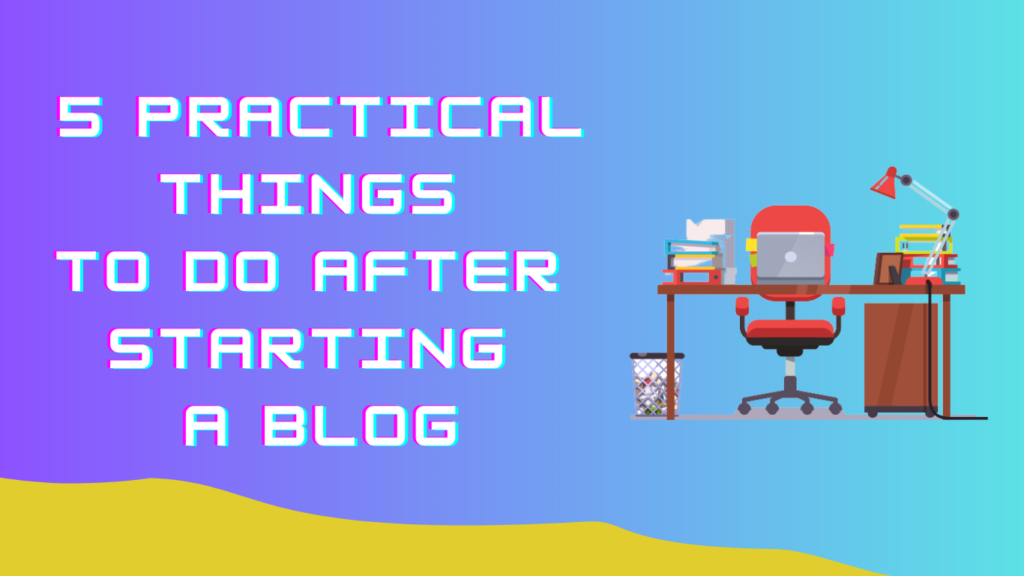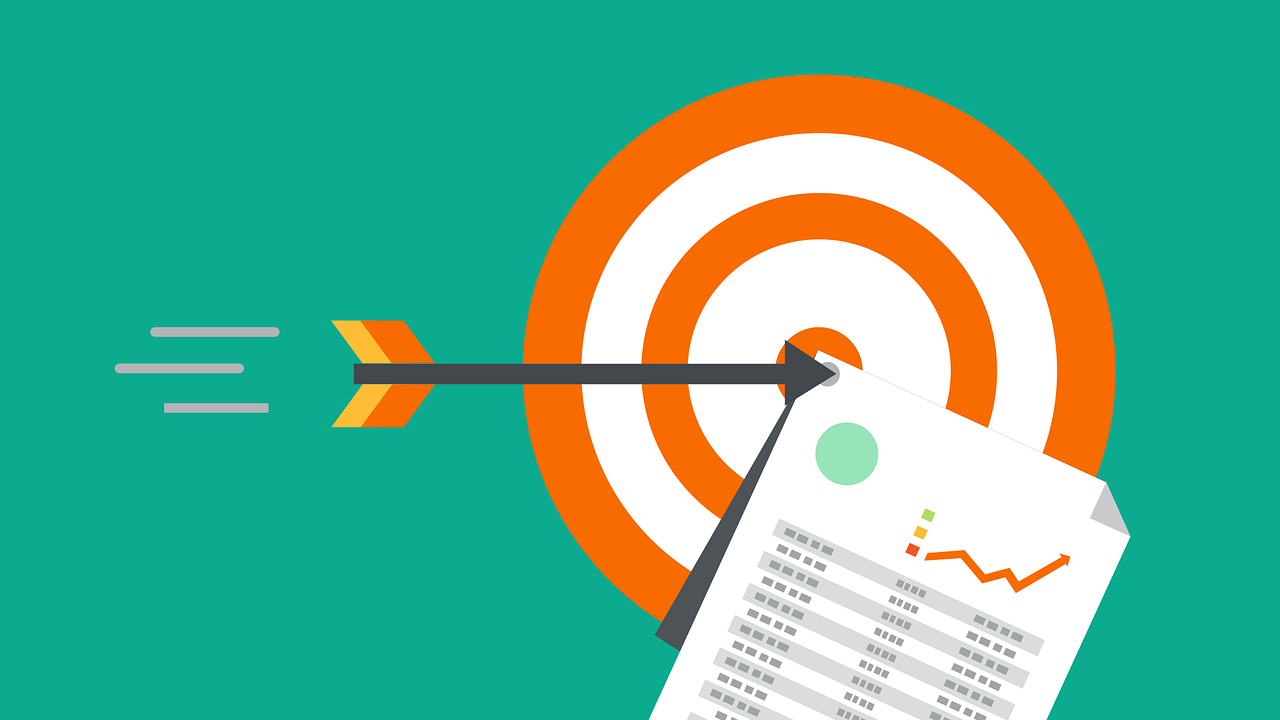5 Practical Things To Do After Starting A Blog
Introduction
Starting a blog is an exciting endeavor that allows you to share your passions, expertise, and creativity with the world. However, creating a successful blog requires more than just publishing great content. It involves strategic planning, continuous effort, and implementing various practices to attract readers and grow your online presence. In this article, we will discuss five practical things you should do after starting a blog to enhance its visibility, engage with your audience, and achieve long-term success.

1. Define Your Blog’s Purpose and Target Audience
After starting a blog, the first practical step of 5 Practical Things To Do After Starting A Blog is to define its purpose and target audience. Determine the primary focus of your content and identify the audience you want to reach. This will help you tailor your writing style, topics, and marketing efforts to appeal to your target readers. Research your niche, analyze your competitors, and develop a unique selling proposition (USP) that sets your blog apart.
Moreover, understanding your target audience enables you to create content that addresses their needs, concerns, and interests effectively. Consider using buyer personas, which are fictional representations of your ideal readers, to gain insights into their demographics, motivations, and preferences. This information will help you curate engaging content that resonates with your audience, leading to increased traffic and reader loyalty.
2. Create a Consistent Content Strategy
After starting a blog, it’s essential to develop a consistent content strategy. So, the second step of 5 Practical Things To Do After Starting A Blog you create an editorial calendar that outlines a publishing schedule, topics, and content formats. This approach ensures that you regularly produce high-quality content and maintain a steady flow of posts to engage your readers.
Additionally, diversify your content by incorporating different formats such as articles, videos, infographics, or podcasts. This variety attracts a wider audience and caters to different learning styles. Incorporate relevant keywords and optimize your content for search engines to improve visibility and organic traffic. Regularly update and repurpose your existing content to keep it fresh and relevant.
3. Promote Your Blog through Various Channels
Thirdly, promotion is key. Leverage various marketing channels to expand your blog’s reach and attract new readers. Start by optimizing your website for search engines (SEO) to improve organic visibility. Conduct keyword research, optimize meta tags, and create compelling meta descriptions to encourage click-through rates in search engine results.
Utilize social media platforms to engage with your audience, build a community, and share your content. Identify the platforms where your target audience is most active and tailor your content accordingly. Actively participate in relevant online communities, such as forums or groups, and establish yourself as an authority in your niche.
Collaborate with other bloggers, influencers, or industry experts to cross-promote each other’s content. Guest posting on reputable blogs within your niche can drive traffic and expand your reach. Additionally, consider investing in paid advertising, such as social media ads or Google Ads, to target specific demographics and boost your blog’s visibility.
4. Engage with Your Readers and Build a Community
After starting a blog, building a loyal readership is essential. Encourage interaction by enabling comments on your blog posts and actively responding to readers’ feedback. Engage in meaningful conversations, address their questions, and express genuine interest in their opinions.
Moreover, create an email newsletter to stay connected with your audience. Offer exclusive content, updates, and special promotions to incentivize readers to subscribe. Use email marketing platforms to automate your campaigns and deliver personalized messages based on readers’ preferences and behaviors.
Consider hosting webinars, live Q&A sessions, or online events to establish yourself as an expert and foster a sense of community. Engaging with your audience beyond your blog helps you build relationships, gain valuable insights, and cultivate a loyal following.
5. Monitor and Analyze Your Blog’s Performance
Now, regularly monitoring and analyzing its performance is crucial. Utilize web analytics tools, such as Google Analytics, to track key metrics like traffic sources, user behavior, and conversion rates. Analyze this data to gain insights into what content performs well, which marketing channels are most effective, and how readers engage with your blog.
Use the data to optimize your content strategy, focus on high-performing topics, and tailor your marketing efforts. Experiment with different approaches, A/B test your headlines, call-to-action buttons, or email subject lines to optimize conversion rates.

Conclusion of 5 Practical Things To Do After Starting A Blog
Starting a blog is just the first step towards creating a successful online presence. By defining your blog’s purpose and target audience, developing a consistent content strategy, promoting your blog effectively, engaging with your readers, and monitoring your blog’s performance, you can take practical steps towards growing your blog and achieving long-term success. Remember to implement these five practical things after starting a blog, as they are essential for building a strong foundation and establishing a thriving online presence. With dedication, perseverance, and continuous learning, your blog will flourish and thrive in the digital landscape.


